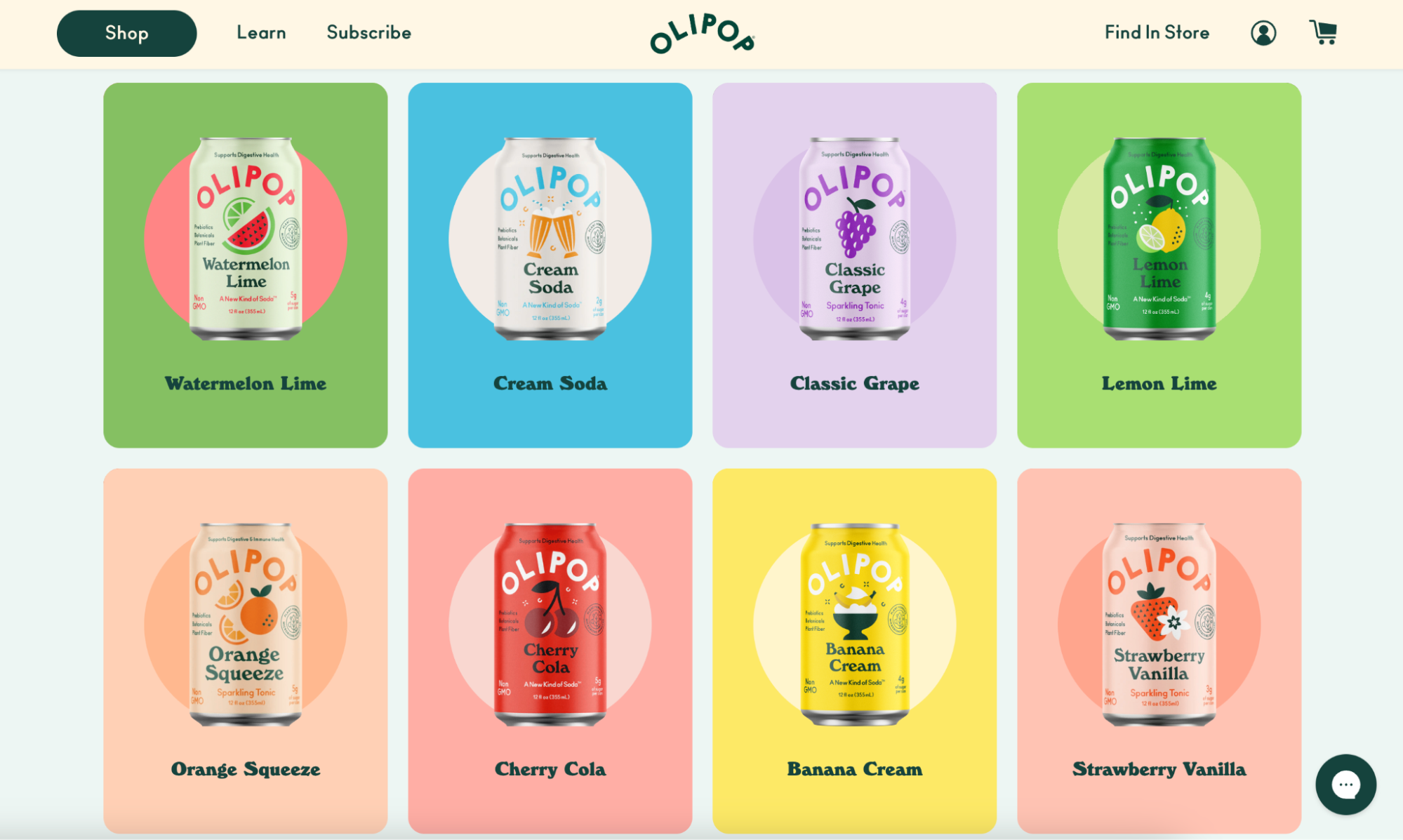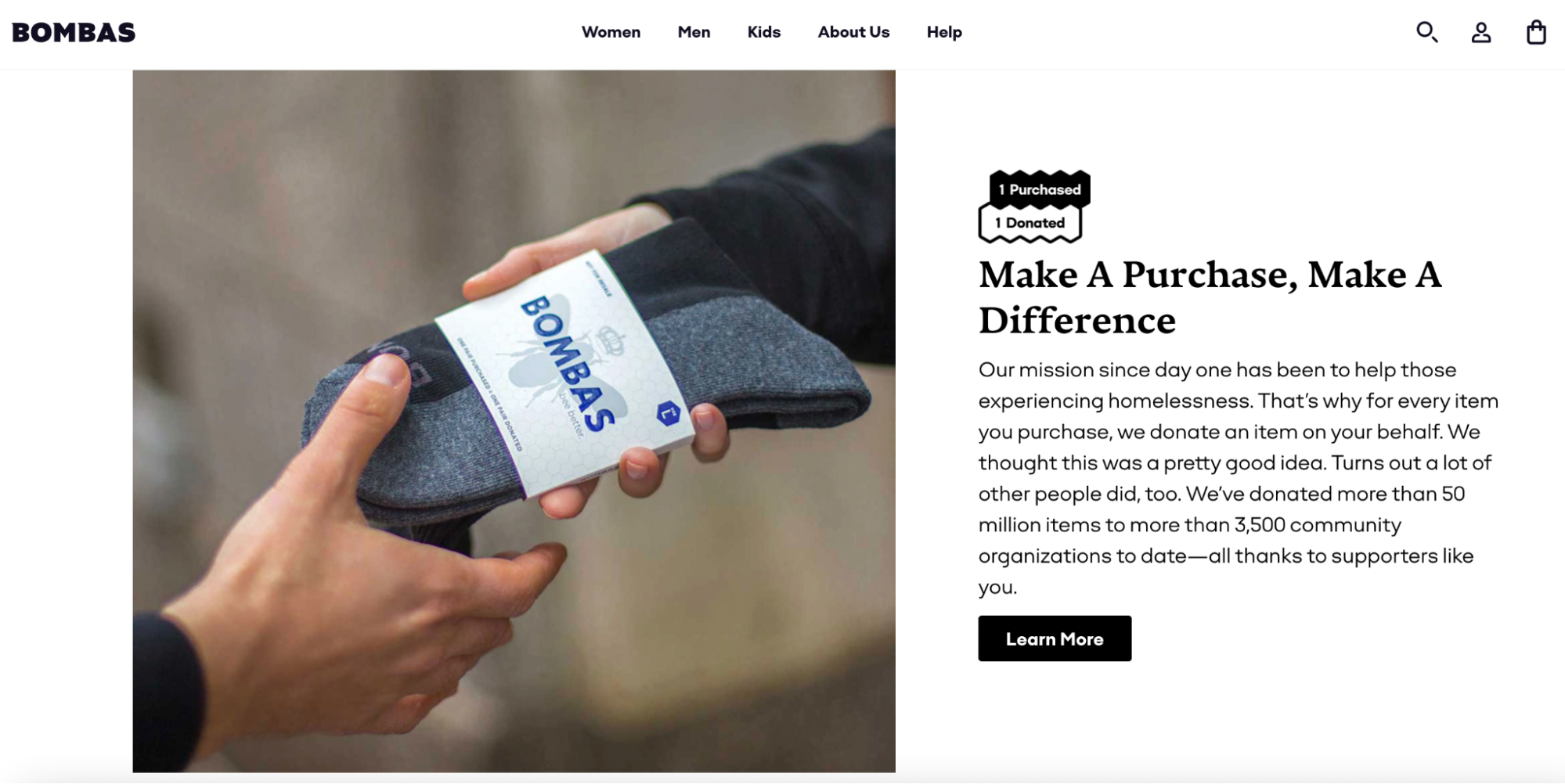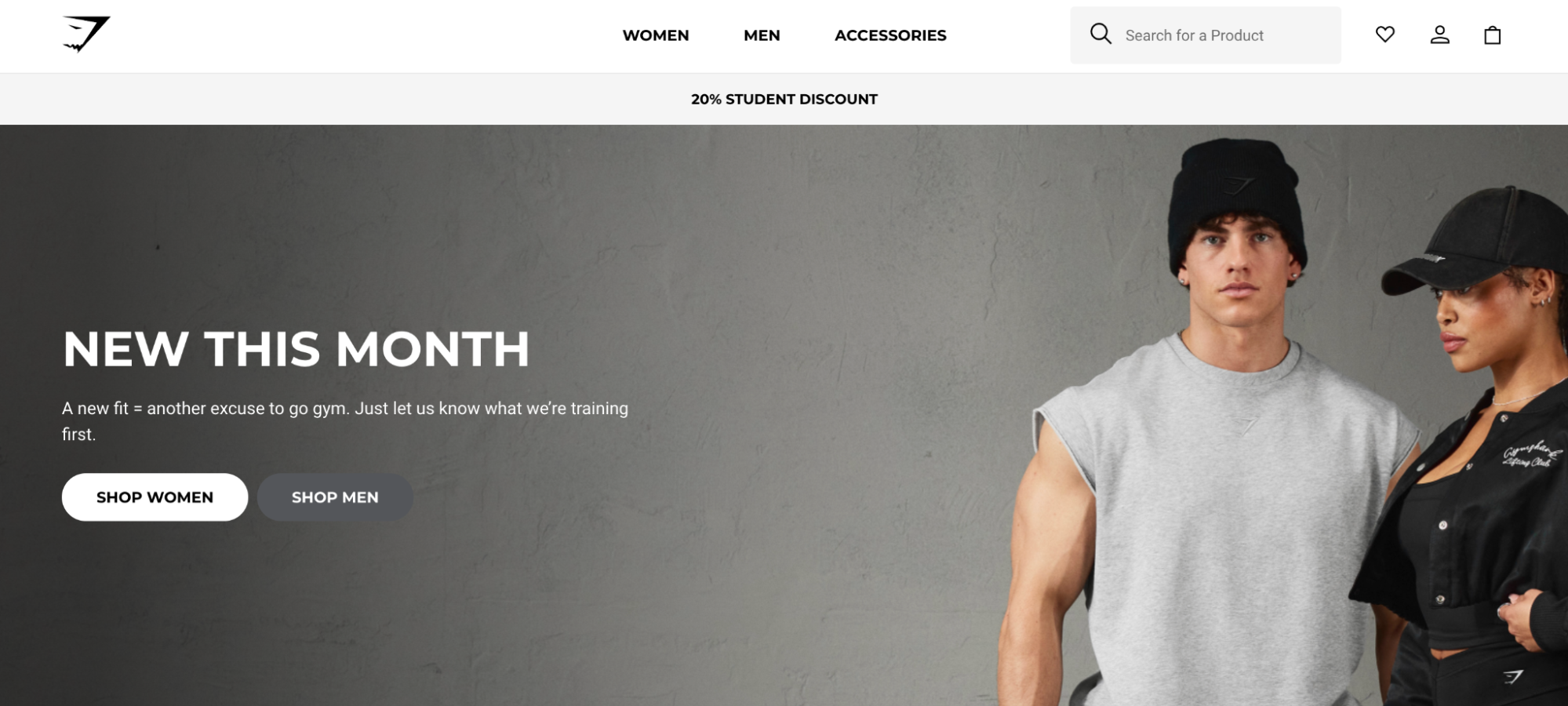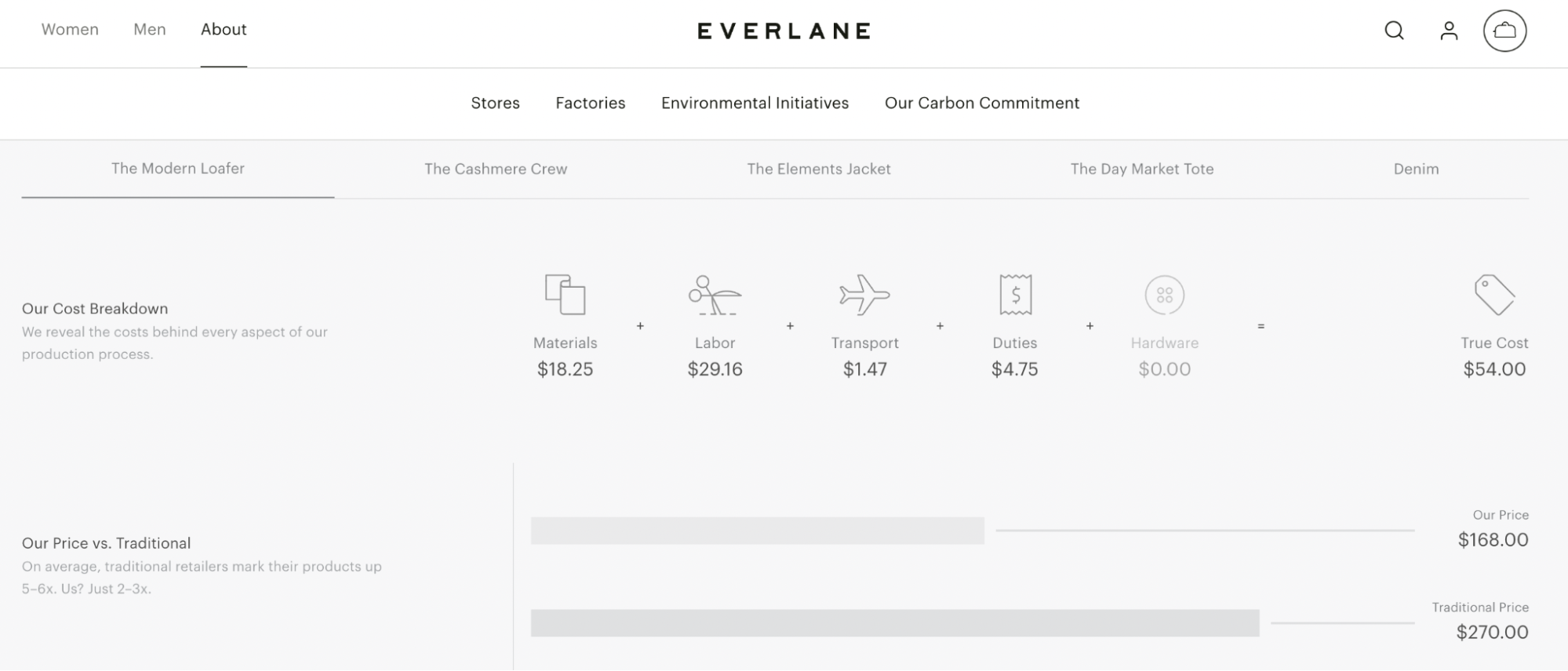What is D2C (Direct-to-Consumer) Sales? Everything You Need to Know About D2C

Shopping bags are placed on a colorful background. More and more shoppers are turning to online retail, which means brands need to connect directly with consumers. In recent years, consumers have been demanding more authentic connections with brands, craving more personalized experiences, and with competition increasing, they have more choices. Consumer brands are now faced with the challenge of creating exceptional customer-centric experiences. And with this comes the direct-to-consumer model.
What is Direct to Consumer (D2C)?
Direct-to-consumer (D2C) is a retail model in which brands sell directly to new customers. This bypasses wholesale intermediaries and eliminates the need to work with large retail brands and brick-and-mortar stores.
D2C brands own their own products and manage the sorting, packaging, and shipping of products when a customer makes a purchase. This allows them to communicate directly with customers and drive the entire fulfillment process without relying on third parties.
The D2C model accelerates the purchase cycle by eliminating several steps and provides a smoother experience for loyal customers:
- Traditional wholesale/retail model: manufacturer > wholesaler > distributor > retailer > end consumer
- D2C model: Manufacturer > Advertisement/Website > End consumer
The D2C retail model is built for the digitally savvy consumer, and leading D2C brands like Warby Parker, Dollar Shave Club, Allbirds, and Glossier are disrupting the traditional beauty and fashion industries with their unique personalities and customer-first approaches. This model brings you closer to your customers, giving you a first-hand understanding of who’s buying your products and why.
Wholesale brands like Walmart and traditional retailers like JCPenney and Unilever now compete with smaller, more specialized brands that go directly to customers.
The Importance of Direct-to-Consumer Sales
D2C is not a new phenomenon. In the 1920s, clothing brands began cutting out middlemen and opening their own D2C stores. In 2007, Bonobos emerged as one of the first digitally native brands focused on selling a single product. However, the concept has grown rapidly in recent years due to two key factors:
Changing consumer expectations
Consumer expectations are higher than ever. Retailers must now provide an exceptional customer experience or risk being left behind by new competitors. Today’s consumers crave personalization and human connection, and they want to buy from brands that share their values. This is a challenge when selling in large retail stores that sell a variety of brands.
For example, a consumer may choose to buy eyeglasses at Warby Parker rather than Sears because they may relate more to Warby Parker than to a large department store that sells products from multiple brands with different values and ethics.
Online sales surge
E-commerce sales show no signs of stopping. The International Trade Administration projects that global online sales will reach $5.5 trillion by 2027. When shoppers stop going to stores, retail partners become irrelevant. And it’s hard to stand out among hundreds of similar products from other brands in stores. It’s no wonder that D2C retailers have taken a different path.
Legacy brands that traditionally relied on wholesalers for distribution are also transitioning to a D2C model. For example, Pepsi has transitioned to a D2C model through its D2C brands Pantry Shop and Snacks.com . These legacy brands have transitioned to a D2C model as retail customers have seen a decline in orders during the pandemic.
To put that into context, in 2010, only 15% of Nike’s revenue came from D2C sales. However, that number is expected to grow to 43.7% by 2023 and reach 60% by 2025.
How the Direct-to-Consumer Business Model Works
This model literally sells directly to the customer. The shopper visits your website or other digital channel, makes a purchase through your store, and picks up the product directly—no middlemen involved.
The entire process takes place between the brand and the customer, and the brand has complete control over the fulfillment process. Typically, D2C brands are digital natives and prefer an omnichannel approach to provide each customer with a unique experience. This does not mean that D2C brands cannot have brick-and-mortar stores, but the focus in stores is on customer experience and engagement rather than sales.
Many D2C brands have a very specific target audience and sell a limited range of products—for example, Dollar Shave Club sells razors, Warby Parker sells eyeglasses. This model focuses on building customer relationships and creating experiences that put customers first. This demonstrates a deep understanding of shopper pain points. Many brands use discounts, loyalty programs, reviews, and user-generated content to build communities and retain long-term customers.
Advantages of Direct-to-Consumer Sales
- Direct Line of Communication: Build customer relationships and be at the forefront of customer service by connecting directly with your customers.
- Better Understanding of Customer Needs: First-party customer data can provide a comprehensive view of customer needs and wants, helping brands make more strategic decisions and improve customer retention.
- Greater control over your messaging: Advertise your products without relying on middlemen or third-party stores.
- Complete control over the fulfillment process: Reduced reliance on third parties means fewer fulfillment constraints and the savings can be passed on to your customers.
- Control your marketing strategy: Easily promote customer benefits like free shipping, gifts, and subscription models without being tied to wholesale requirements.
- Access direct customer feedback: Gain insights directly from your customers and foster open communication to build brand loyalty.
Disadvantages of Direct-to-Consumer Sales
- It's all yours: You have to build your own audience through your own platform, and you can't access the audience that big box retailers and sites have already built up.
- Increased Risk: There are additional risks that are typically borne by third parties, such as cyber risks and liability.
- Supply chains can be complex: everything from manufacturing to distribution to shipping can be a part of something, which can be both a blessing and a curse.
- Potential increased costs: You may need to invest in tools, software, and advertising to promote your products, which can add to your costs and affect your profits.
5 Examples of Inspiring D2C Brands
Now that you have a better theoretical understanding of D2C, let’s learn from some successful D2C e-commerce brands:
- Velasca
- Olipop
- Bombas
- Gymshark
- Everlane
1. Velasca
Velasca is a Milan-based startup that aims to revolutionize the footwear industry by connecting directly with consumers and directly with shoe manufacturers. Enrico Casati and Jacopo Sebastio found that the D2C model has a competitive advantage over high-end Italian shoe brands because it does not have to pay commissions to wholesalers, distributors, and retailers.

2. Olipop
Olipop is a D2C brand that has made great strides in the beverage industry with its innovative product line. Founded in late 2018 by Ben Goodwin and David Lester, Olipop positions itself as a healthy alternative to traditional carbonated drinks by offering low-sugar, high-fiber drinks.

3. Bombas
Bombas started out selling socks. Socks are a niche product, but everyone needs them. They have since expanded into additional products such as T-shirts, underwear, and slippers. One of Bombas’ main selling points is their strong values and beliefs. For every item sold, Bombas donates one item to a homeless person.

4. Gymshark
Gymshark is a leading D2C brand in the fitness industry. Founded in 2012 by a group of high school friends, the brand has grown into a cult following on Instagram with over 6 million followers. Influencer marketing is another key component of Gymshark’s strategy. Gymshark was one of the first brands to adopt this approach on Instagram, and has since turned every influencer they work with into a brand ambassador.
In August 2020, Gymshark achieved unicorn status at a valuation of $1.3 billion after US private equity firm General Atlantic acquired a 21% stake in the business . The company continues to sell its fitness equipment online as well as through its flagship store on Regent Street in London.

5. Everlane
Clothing brand Everlane is committed to sustainable fashion, creating a close connection with shoppers who are looking for eco-friendly options without following fast fashion trends. Everlane’s ethical approach drives everything from its marketing efforts to its product descriptions and even its “true cost” calculator.

D2C Model Puts Store Owners Back in Control
The D2C model was born from changing customer expectations and the shift to online shopping. It gives brands the opportunity to connect directly with their customers and better understand who is buying their products. This allows them to create a unique, personalized customer journey for each shopper.
D2C puts business owners back in control, helps them build strong relationships with buyers, and creates standout brands with memorable personalities.
